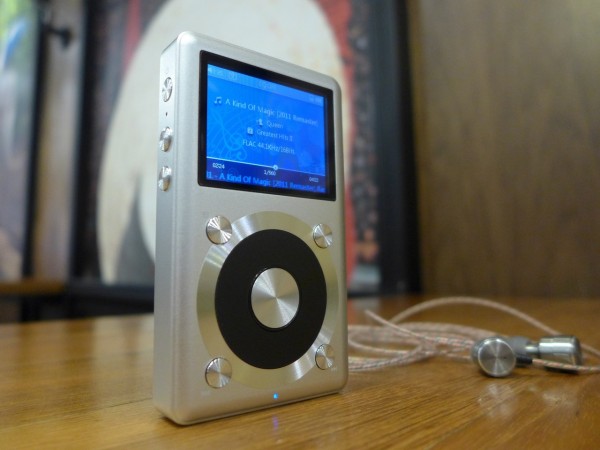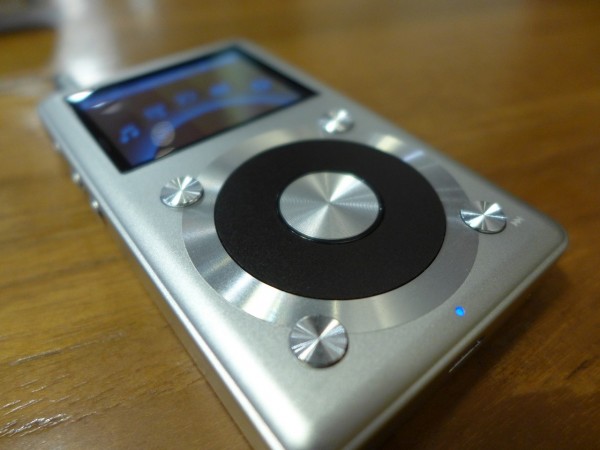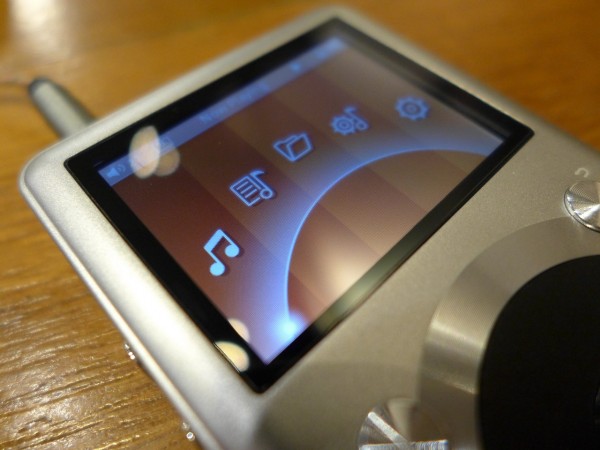You’ve probably heard of the low-cost Fiio X1 that’s all the rage among audio geeks and headphone buffs if you’ve been following leaks and rumours of the latest budget player from the Chinese electronics company.
Getting my hands on the X1 recently, I have to say it promises to be yet another high-res music player that punches well above its weight. For a device costing just S$159, you can say it’s the Xiaomi or Asus Zenfone of the portable audio world.
Firstly, the 106-gram aluminium chassis looks and feels like it costs more than S$159. Okay, the X1, being the smaller sibling to the X3 and X5 players, is lighter than the usual block of metal, but it surely doesn’t appear like a cheap, plastic player that’s more common at this price.
If there’s a complaint, it’s that the X1 looks too much the iconic iPod. Apple, as we know, has decided to do away with the old classic version, so here’s a lookalike, if you will.
The interface is different, of course. Instead of a touch-based scroll wheel, the X1 has a physical one that may feel less cool but still gets the job done well.
I’m glad Fiio has decided to change the interface from the X3 as well. That otherwise great player suffers from oddly placed buttons, but the new X1 thankfully does away with that.
Together with the scroll wheel, the four buttons at each corner make it easy to move around and select the options on the screen.
What I also like, going by my quick hands-on test, is the hardware under that pretty case. The X1 plays 24-bit, 192KHz tracks which can provide more resolution and detail than regular CD-quality ones encoded at 16 bits and 44KHz.
More importantly, unlike most smartphones out there, the dedicated player uses more highly-rated components to deliver the music to your favourite earphones.
The digital-to-analog converter (DAC) on the X1 relies on a Texas Instruments PCM5142 chip that promises to improve on what your smartphone offers.
The same goes for the amplifier, which utilises Intersil’s ISL28291 amplifier buffer, which is touted to produce better sound on your earphones by providing consistent and ample power.
From my quick listening tests, I can detect that the X1 provides a much cleaner, undistorted sound, compared to my Samsung Galaxy S4 phone. There is also a lot more “body” to music tracks.
Okay, the smartphone isn’t hard to improve on, but that’s the point of the X1 – to get users who would otherwise be playing low-quality tracks on their main mobile devices to listen to better audio.
I can’t provide more details on the audio quality because I didn’t have enough time to test the X1 thoroughly with my own earphones, but I suspect a lot of audio buffs will be quite forgiving simply for the attractive price.
One thing that you have to take note of, though, is that the X1 requires you to have a separate microSD card to carry your music. It supports cards containing up to 128GB, which are the largest available now, but the player itself has barely any built-in storage for songs.
In other words, prepare to pay a little more than the S$159 asking price of the X1. To get started, a basic 64GB microSD card costs about S$45 now and a 32GB card goes for about S$20.
The first X1 units are reaching Singapore in the first week of October. Expect a mad rush for the budget player, just as Singapore users went nuts about budget phones from Xiaomi.
Look out for a contest on our Facebook page where we’d be giving away an X1 to a lucky reader who’d be among the first to own it in Singapore.










Which earbuds are there on the photos?